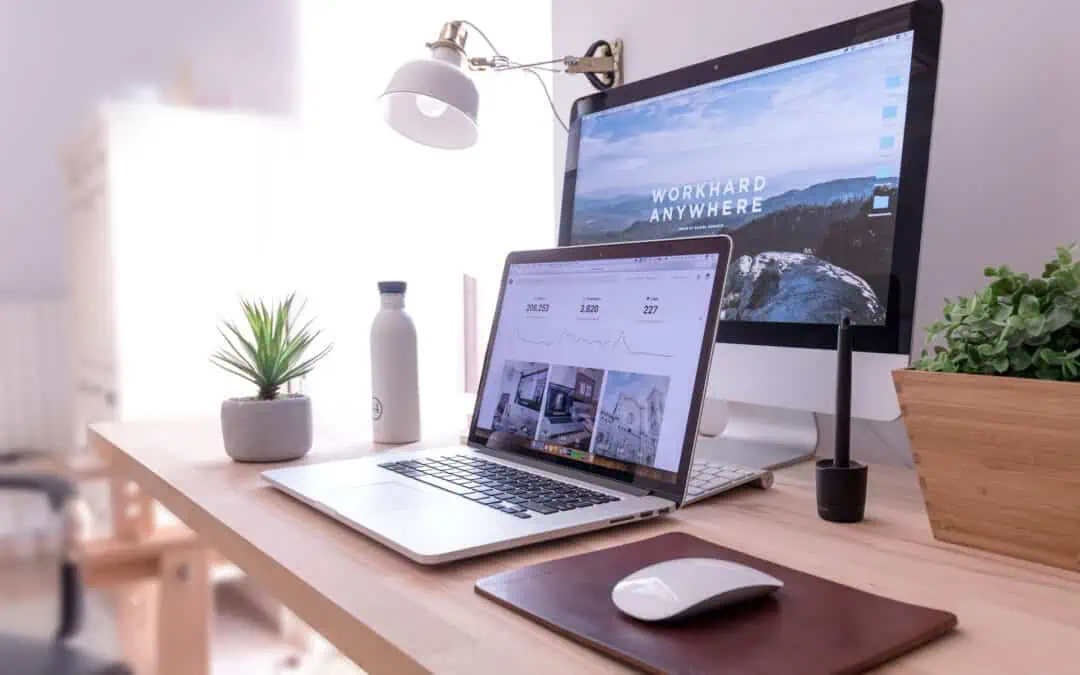Returning customers want more than just fast checkout. They expect a digital experience that’s familiar, clear, and responsive to their needs. Strategic web design boosts customer retention in online business by removing distractions, reinforcing confidence, and streamlining access to core actions. OverDrive Digital Marketing puts it plainly: “If the experience works well once, users will return. If it frustrates, they’ll look elsewhere.”
1. Structured layouts help repeat users navigate quickly
Returning users usually arrive with a goal. Streamlined page layouts reduce the time it takes to find familiar features like saved items, support, or account tools. A home goods retailer reorganized its dashboard layout, placing reorder options and delivery history within easy reach—repeat sessions rose steadily across all user segments.
-
Logical page flow enhances usability and reduces user fatigue.
-
Familiar placements reinforce long-term navigation habits.
-
Reduced cognitive load leads to faster repeat conversions.
2. Efficient load times reduce user drop-off
Pages that load smoothly create a sense of control. When delays happen—even if they’re brief—they disrupt the user’s momentum and introduce uncertainty. A streaming platform that trimmed initial load times through lazy loading, server-side rendering, and script deferrals saw a measurable spike in time-on-site and returning user frequency.
-
Load times under two seconds retain visitors more effectively (Source: Google).
-
Backend optimizations directly influence loyalty through performance.
-
Fast responses foster trust in digital product reliability.
3. Unified branding reinforces identity across channels
Consistent design across devices, emails, and digital ads reminds users where they are. When colors shift, fonts change, or layouts differ too drastically, people second-guess whether they’re still on the same platform. A lifestyle marketplace implemented a shared component library across its web and mobile experiences—brand recall strengthened and drop-off rates between sessions declined.
-
Visual harmony improves continuity and comfort for loyal users.
-
Design alignment minimizes misdirection and uncertainty.
-
Consistency acts as a visual promise that the experience won’t shift unpredictably.

4. Effective CTA hierarchy supports frequent interaction
Return visitors prefer predictability. Clear, stable call-to-action placement helps them act without hesitation. An education platform revised its content structure by elevating high-frequency CTAs like “Resume Course” and “Save Progress”—this shift correlated with longer return sessions and higher module completion rates.
-
Priority actions positioned consistently guide user behavior.
-
Distinct button styling improves scan-ability and response speed.
-
Secondary CTAs placed intuitively support cross-session exploration.
5. Mobile-optimized flows accommodate returning on-the-go users
Customers who return during a busy day rely on mobile experiences that load fast, react quickly, and don’t require zooming or scrolling sideways. A subscription snack brand redesigned its mobile site with slide-in menus, tap-friendly buttons, and predictive autofill—within weeks, mobile return traffic increased and cart recovery improved.
-
Responsive grids adjust content dynamically based on screen size.
-
Larger touch targets reduce input errors and abandonment.
-
Mobile-first strategies support loyalty among multitasking users.
6. Emotional design cues create familiarity and trust
Details like welcoming copy, smooth animation, and friendly color schemes set the mood. Users returning to a platform want to feel a sense of recognition and ease. A digital health tool enhanced its visual language with encouraging feedback, calm hues, and user-specific dashboard greetings—retention among weekly users noticeably increased.
-
Positive emotional reinforcement increases perceived value.
-
Feedback animations help users feel acknowledged and supported.
-
Personalized visual touchpoints deepen connection over time.
7. Transparent design practices increase repeat confidence
Design that clearly communicates next steps, security, and support builds deeper trust. Visitors are more willing to return to a site that shows what it stands for and how it protects user data. A digital service for remote professionals added inline privacy explanations, credential badges, and cleaner permission prompts—return usage improved across all pricing tiers.
-
Visual clarity in sensitive areas (forms, checkout) improves repeat rates.
-
Direct access to support links boosts trust in long-term use.
-
Transparency in layout reduces hesitation at key conversion points.

Key takeaways on how web design improves customer retention
Design impacts everything from the first impression to the 20th visit. A seamless interface doesn’t just help users complete tasks—it helps them return without friction. Fast performance, visual clarity, emotional connection, and thoughtful structure make customers feel the experience is designed with them in mind. The more a user feels understood by the design, the more likely they are to come back.
-
Organized page design helps repeat visitors act confidently.
-
Faster sites reduce frustration and increase loyalty.
-
Visual consistency across channels reinforces brand identity.
-
CTA clarity shortens decision-making across visits.
-
Emotionally aligned visuals enhance brand connection.
Frequently Asked Questions About Web Design and Customer Retention
What’s the most common design issue that drives users away?
Disorganized page layouts and inconsistent navigation often cause confusion, leading to bounce or hesitation on return.
How important is mobile design for returning customers?
Very. Many users come back through mobile first—if the design is cluttered or slow, they often don’t return.
Do users really notice design consistency across platforms?
They may not mention it, but they feel it. Consistent styling, navigation, and tone make the experience feel reliable.
Can emotion in design actually change behavior?
Yes. Design that reflects user mood or anticipates emotion—like progress bars, messages, or animations—keeps them engaged longer.
Why does transparency in layout increase retention?
When users understand what’s happening at every step (especially around payment, privacy, or support), they trust the experience and come back more often.







